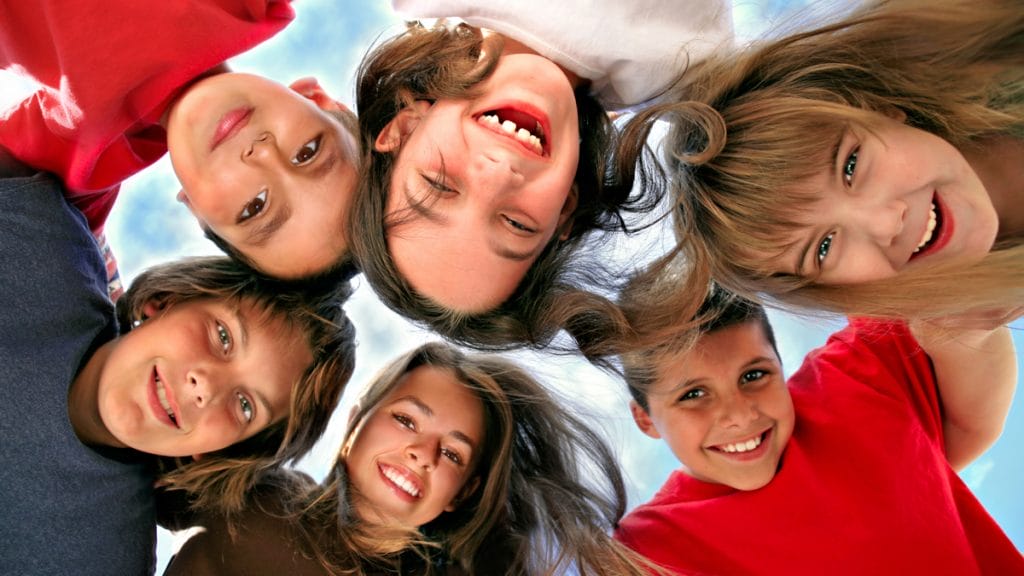Bilingual education is provided in Kokkola on a large scale in two separate programmes: Swedish immersion education and large-scale bilingual education in English. Both programmes have been offered in Kokkola since the early 1990s. and both aim at functional bilingualism of the pupils.
In Kokkola, Swedish immersion education and large-scale bilingual education in English are intended for children whose native language is Finnish or whose Finnish language skills are good.
In Kokkola, bilingual education starts at the age of five and continues throughout basic education. If custodians want their child to receive a bilingual education, they must apply for a place in bilingual early childhood education during the year their child will turn five. The closing date for applications for bilingual early childhood education is in February every year. (Applying to bilingual education and selection process (in Finnish)).
Each year, one group begins in both the Swedish language immersion program and the large-scale bilingual English program. A maximum of 21 children are admitted to each group. Instruction continues according to the bilingual education curriculum up to grade 9.
The bilingual education path in Kokkola
- 5-year-olds: the Swedish and English early childhood education groups operate at the Pikiruukki Daycare Centre on Falanderinkatu
- 6-year-olds: the Swedish and English pre-primary education groups are located in the facilities of Hollihaka School
- Grades 1-6: the Swedish immersion education and large-scale English education are provided at Hollihaka School
- Grades 7-9: the Swedish immersion education and large-scale English education are provided at Kiviniitty School
In both Swedish immersion education and large-scale bilingual English education, Kokkola uses the ‘early total immersion model’, meaning that the immersion/target language is almost exclusively used during the early childhood education and pre-primary education stages. In early childhood education and pre-primary education, the children are free to use their native language, but they are gradually encouraged to use the immersion language. The teaching is child-centred and full of activities. Diverse language use situations are created for the children through singing, nursery rhymes, storytelling and play, for example.”
In the first and second grades, nearly all teaching is in Swedish/English. The pupils learn to read and write in the immersion language (Swedish) or target language (English). The pupils are encouraged to use the immersion/target language, but using their native language is allowed for as long as each pupil needs it. Teachers of the bilingual classes use only one language with the pupils.”
Starting from the third grade, the volume of teaching in Swedish or English will gradually start to decrease. In the fifth and sixth grades, approximately half of the teaching takes place in Finnish and half in Swedish/English.”
In grades 7–9, the volume of teaching in Swedish is approximately 50% in Swedish immersion education and the volume of teaching in English is approximately 25% in large-scale bilingual education in English.
Bilingual education focuses on natural communication and interaction, functionality and active language use by the pupils. The teaching staff consciously support the pupils’ opportunity to use language in each subject, which applies to both the native language and the immersion/target language.
